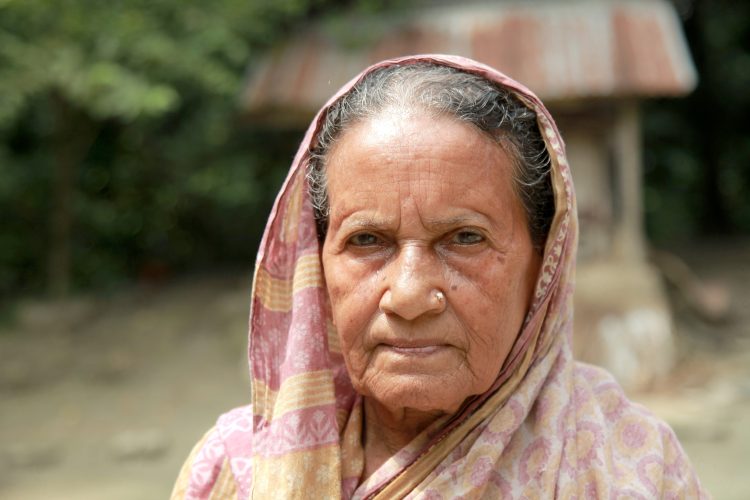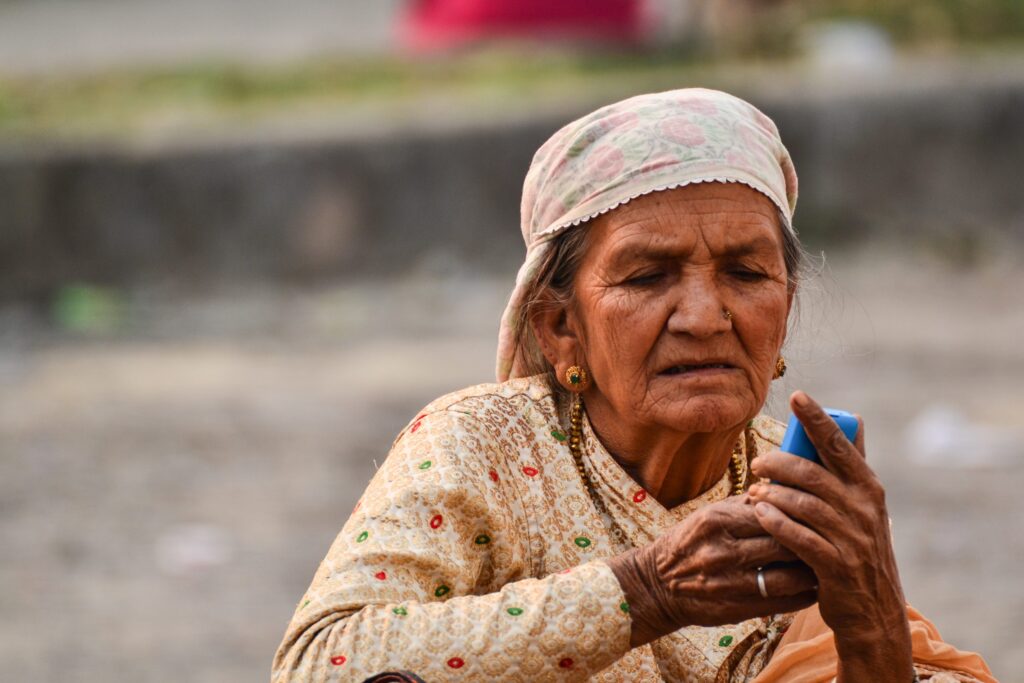A critical moment for gender equality
Recent crises such as the COVID-19 pandemic, conflict and climate change have further exacerbated setbacks in gender equality and women's empowerment.
The pandemic has had a disproportionate impact on women, leading to increased caregiving responsibilities, economic vulnerability and an increase in gender-based violence. Frequent shocks, conflicts and crises (such as severe weather and rising prices of staple foods) further increase women's risks and disrupt access to education, food and health care. Additionally, global population aging trends place older women at further risk of facing poverty. This is because the risk of poverty increases with age and poverty in old age is primarily a women's problem.
Gender equality and women's empowerment are essential to sustainable development as they promote social justice, economic growth and poverty reduction. Ensuring equal access to education and health care contributes to healthier and more educated societies and promotes social stability. Gender equality is essential to addressing interconnected global challenges and building a more just and prosperous world.
Case studies – Bangladesh, Malawi and Tanzania
-
Bangladesh Old Age Allowance (OAA)
Old Age Allowance (OAA) in Bangladesh is a social protection program aimed at older people at risk of poverty and vulnerability. Eligibility is determined using indicators such as age (for women, her age is 62, for men, age 65), income, health status, and disability.
Program overview:
- It targets older people at risk of poverty and vulnerability.
- Around 5.7 million beneficiaries will receive 500 taka (approximately £3.6) per month.
- Means-tested with eligibility according to gender (62 women, 65 men).
Key findings:
- Relying on others, especially male relatives, risks perpetuating gender inequality.
- Due to social norms and barriers to digital access, older women may be dependent on male relatives to access benefits, particularly for registration and payment.
- The Older People's Association (OPA) plays an important role in supporting women, raising awareness, and assisting with program-related challenges.
-
Malawi Social Cash Transfer Program (SCTP)
Malawi's Social Cash Transfer Program (SCTP) is a major social protection initiative. This acts as a safety net, especially for those considered to be 'ultra poor' (i.e. facing extreme poverty) and 'work constrained' (i.e. facing constraints on employment). It's aimed at people.
Program overview:
- A safety net for the “ultra poor'' and “persons with limited labor force.''
- 297,138 households received monthly cash payments, benefiting more than 1.4 million people, or about 7% of the country's population, with 29% of households headed by older women.
Key findings:
- Older women struggle to access information despite formal channels.
- Inclusion criteria lack gender considerations and risk excluding vulnerable groups.
- The transition to electronic payments is a challenge for older women due to reduced digital access.
-
Tanzania’s Productive Social Safety Net (PSSN)
Tanzania's Productive Social Safety Net (PSSN) is the flagship social protection program launched in 2012, with the second phase launched in December 2020 (PSSN II). It consists of an integrated package of cash transfers and other activities.
Program overview:
- The integration of cash transfers and public works began in 2012.
- There were 5,195,605 beneficiaries, of whom 56.1% were women and 17% were over 60 years old.
Key findings:
- Failure to take into account the gender-specific needs of the population in targeting criteria and electronic payments are barriers.
- Beneficiaries must meet education and health requirements, creating challenges for older women managing multiple responsibilities.
- Although access to information is not a major issue, older women may avoid discussing programs for fear of stigma.
Important points
Common challenges:
- All three programs highlight hurdles related to older women's ability to access information, dependence on male relatives for registration and payments, and potential discrimination in electronic payments.
- Targeting criteria for some programs lack explicit consideration of gender. When women's unique needs are ignored, the gender gap widens and opportunities to empower women can be missed.
The importance of community support: Community initiatives such as OPA play an important role in supporting older women and addressing their challenges.
Digitalization risks: The transition to electronic payments poses risks due to disparities in access to digital technology and digital skills between population groups.
Impact of conditions: Complying with the conditions that beneficiaries must meet poses challenges for older women who manage a variety of responsibilities.
These case studies highlight both common challenges and unique trends in each country, highlighting the need for tailored solutions for social protection programs according to gender, age and disability.

Vision and recommendations
HelpAge calls for a transition to a rights-based, universal and age-, gender- and disability-responsive social protection system.
Recommendations include expanding social pensions, analyzing the specific risks, needs and circumstances of population groups, and effective accountability mechanisms.
Additionally, the establishment of OPA and disaggregated data by gender, age, and disability is encouraged for evidence-based policymaking.
In conclusion, a comprehensive reassessment and transformation of social protection systems is needed to address the unique challenges faced by older women and pave the way for gender equality in an aging society.
This report launches in advance of the 68th report.th The session of the United Nations Commission on the Status of Women (CSW68) will be held from March 11 to 22, 2024.

